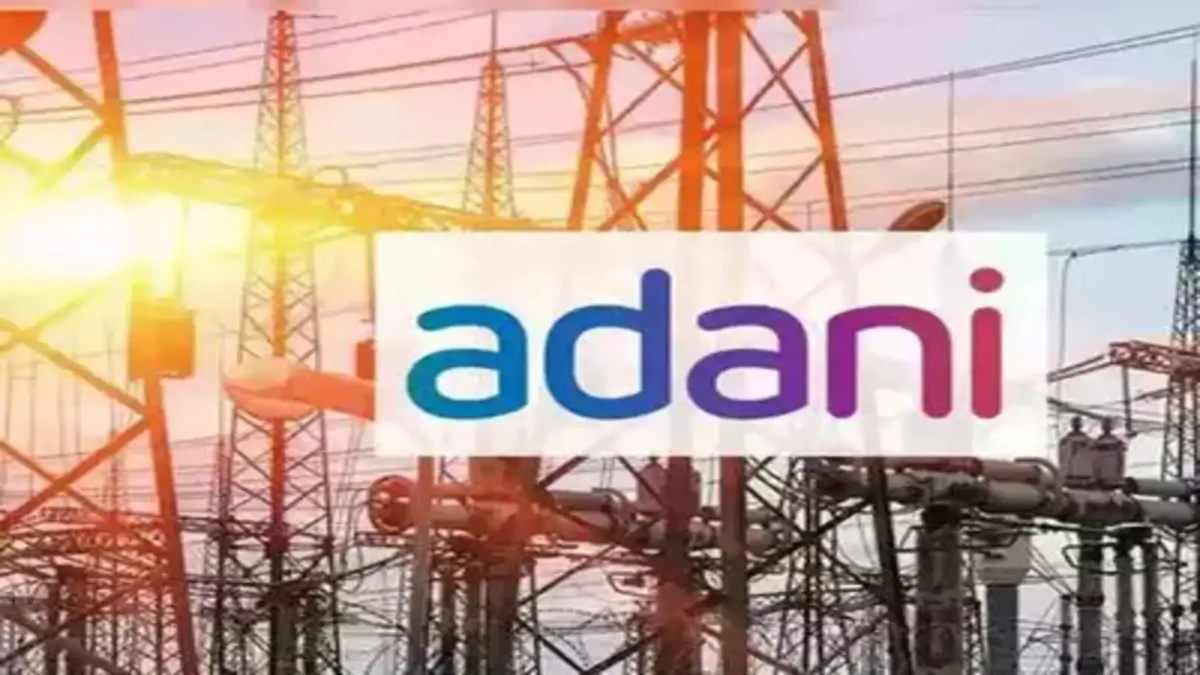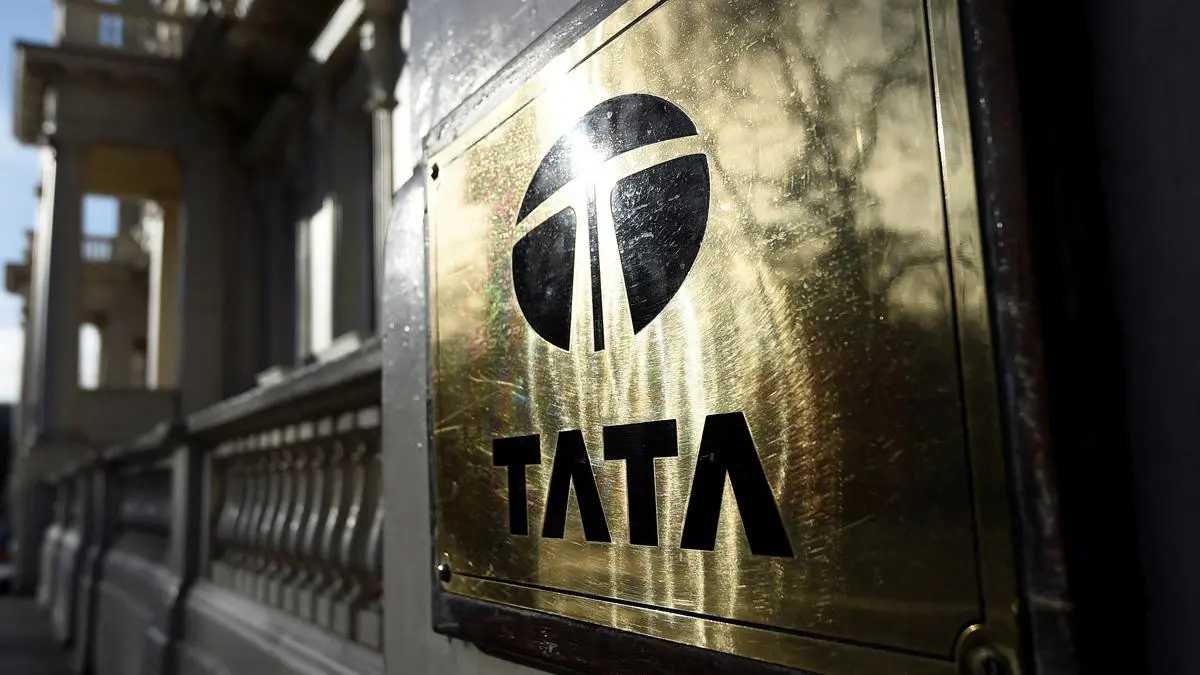Now Reading: The Adani Power Stock Split: Don’t Be Fooled by the 80% Plunge
-
01
The Adani Power Stock Split: Don’t Be Fooled by the 80% Plunge
The Adani Power Stock Split: Don’t Be Fooled by the 80% Plunge

The 80% drop in Adani Power’s share price is a proportional adjustment following its 1:5 stock split, not a genuine loss of value. This is a crucial distinction for investors to understand. While the share price plummeted, the number of shares held by each investor increased fivefold, leaving the total value of their investment unchanged. Therefore, the 80% decline is a purely cosmetic change, and the 18% jump you refer to is a real gain based on the adjusted price.
Understanding the Stock Split
A stock split is a corporate action where a company increases the number of its outstanding shares by dividing each existing share into multiple new ones. The goal is to make the stock more affordable for retail investors and improve its liquidity. In Adani Power’s case, the company implemented a 1:5 stock split. This means:
- Before the Split: For every one share with a face value of ₹10, an investor held.
- After the Split: That same investor now holds five shares with a face value of ₹2 each.
To illustrate, if a share was trading at ₹750 before the split, its price would be adjusted to roughly ₹150 (₹750 divided by 5) on the ex-split date. While the price per share drops significantly, the total value of your investment remains the same. For example, if you held 100 shares at ₹750 each (total value ₹75,000), you now hold 500 shares at ₹150 each (total value ₹75,000).
The Real Story Behind the 18% Jump
The 80% “plunge” is a technical adjustment that should be disregarded. The true market reaction is the 18% jump. This rise occurred after the new, adjusted price was factored in, indicating a significant positive sentiment among investors. The jump suggests a strong market demand for the newly affordable shares. Several factors are likely contributing to this bullishness:
- Increased Accessibility: The lower price per share makes it easier for a broader base of retail investors to buy Adani Power stock, potentially leading to higher trading volumes and liquidity.
- Positive Market Sentiment: The stock split itself is often seen as a sign of confidence from the company’s management, who may believe the stock is undervalued and see a split as a way to unlock more value.
- Recent Developments: Broader positive news, such as a favorable resolution to regulatory issues or positive research coverage from a major brokerage, can also fuel a rally. In this case, reports of a favorable outcome from a SEBI investigation into the Adani Group and a bullish outlook from a global brokerage firm have added to the positive momentum.
Key Takeaways for Investors
When you see a dramatic price movement in a stock, especially a large drop, the first thing to check is if a corporate action like a stock split, bonus issue, or dividend has occurred.
- Ignore the Initial Plunge: The 80% drop is merely a mathematical adjustment. It is not an actual loss and should not cause concern. Your investment value did not change at that moment.
- Focus on the New Price: The subsequent 18% jump is the real news. It signifies that demand for the stock is strong at its new, lower price point.
- Don’t Confuse Price with Value: The price of a single share is not a measure of a company’s fundamental value. A stock split changes the former but not the latter. A company’s market capitalization (share price multiplied by total shares) remains the same immediately after a split.
In conclusion, the Adani Power stock split is a classic example of why investors must look beyond surface-level price movements. While the initial 80% drop was an optical illusion, the subsequent 18% surge represents a genuine vote of confidence from the market in the company’s future.







